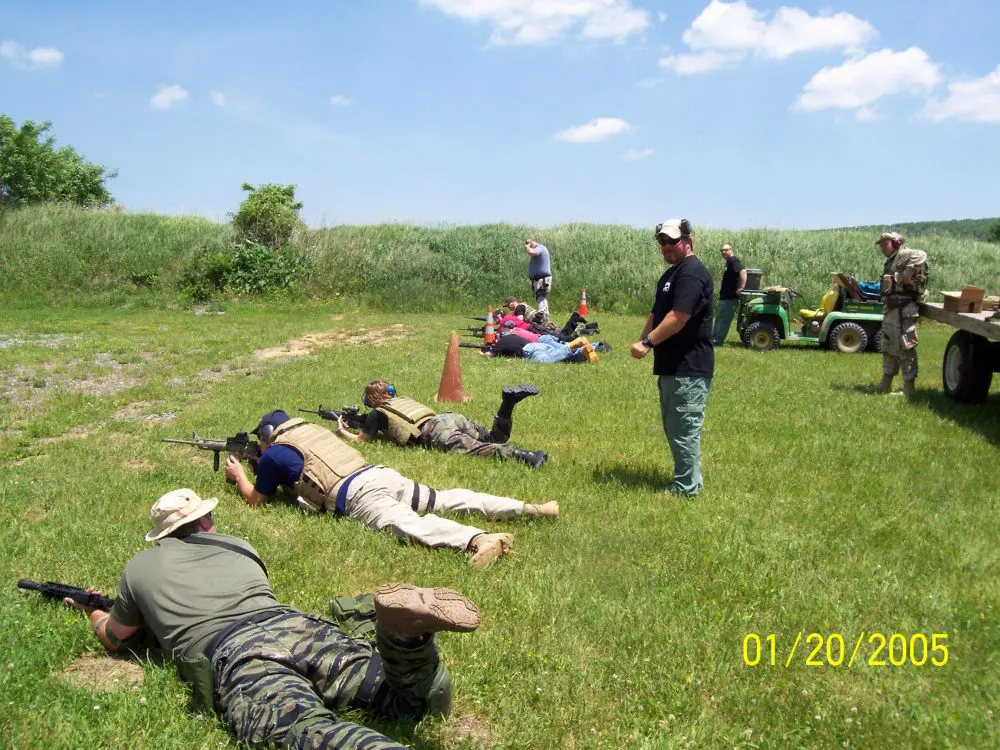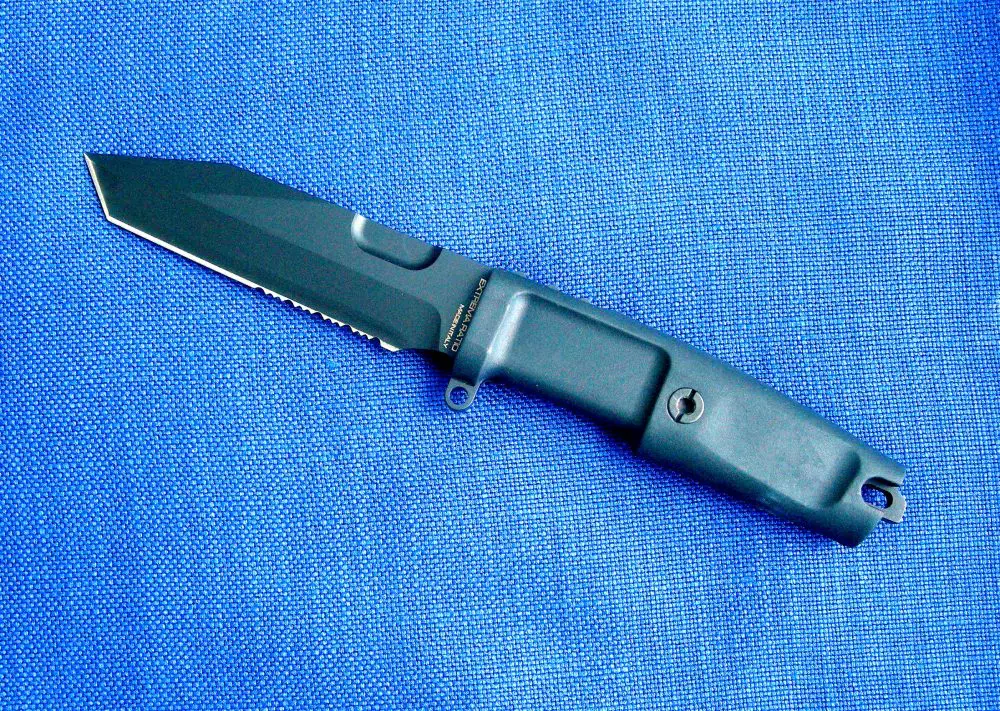Like the Sword of Damocles, miscalculating the moves of a blade-wielding assailant can leave your life hanging by a thread.
And like everything else, there are two sides to every argument. As with the decades-long abstruse firearms babble about “my way is better than your way,” along comes the recent Everybody-Wants-To-Be-Musashi syndrome.
First and foremost, let it be clearly stated that this author has been cut, slashed, and stabbed many times—but only once by someone other than my own fool self. So obviously I’m not claiming to have the slightest knowledge of the manly art of butchering people with a knife.
This having been said, however, I’m still around after seeing the burials of self-proclaimed experts who died by the bullet or the blade. And most of them wrote a check with their mouth that their butt couldn’t cover. So since we’re never going to live long enough to make all the mistakes ourselves, it might be advisable to learn from the misfortune of others.
All of this leads up to the two Golden Rules of fighting—if, indeed, there are such things:
(1) Never, ever underestimate your enemy.
(2) Understand how he thinks and operates, or you will never beat him.
The question of the day becomes: At close quarters, would you rather go up against someone who is armed with a knife or the same individual armed with a gun? Obviously, this is not a multiple-choice IQ test, as your first decision should be to vacate the area with alacrity. This option having been denied, which of the two weapons is more of a threat to your longevity plans?
The flat-out answer is, in the hands of an assailant, the gun is more dangerous, but more on that later. The sorry situation is that most people who have some modicum of training in the defensive use of the pistol invariably revert to the oft-quoted adage of “Don’t take a knife to a gunfight.” The armchair Musashi, on the other hand, says he can “cut you to ribbons in short order.” While both may be correct (or not), the primary point is that you’re trying to defend yourself from a Close Encounter of the Worst Kind, which means you’re operating from a reactionary perspective, with the inevitable behind-the-power-curve time-lag problem ever present.
Aha, you say. “I’ve trained with blades and I’m good at counter-attacking.” The only problem with that argument is, you don’t have to be good with a blade; all you have to be is close. But you do have to be good with a gun, because if you aren’t, you lose—or unintentionally massacre three nuns and a busload of schoolkids with errant rounds. And it might be as well to remember that the crook doesn’t have to be good with either. He doesn’t care about innocent bystanders hit by loose rounds, and you will be cut by a blade-wielder, irrespective of whether he’s a blademaster wielding a special-purpose fighting knife or a 12-year-old street urchin armed with a hacksaw blade.
Yes, there are one-and-a-half people who actually are proficient at deploying a blade, and yes, in a few cases people have defended themselves with a blade when under attack—a few. The point is, when would you intentionally go one-on-one with a blade, unless in an orchestrated sport such as a fencing contest? This type of action occurs, for the most part, in the movie West Side Story and in geographic/residential areas where the participants have no other option. Why be a “man” (for “man,” read “fool”) when you can be a “mouse” and shoot somebody from distance and not have your epidermis ventilated?
Because there are legal ramifications and/or you may not be armed, that’s why. You can warble cutesy phrases like, “I’d rather be judged by 12 than carried by six” all day long, but if you shoot a blade artist at 50 feet, your next domicile will be one provided by the state—complete with your new domestic partner, name of Bubba.
Again, the salient point is that this article is intended to promote thinking about the options of defense against a close-up gun or knife assault—no more, no less.
If it’s your choice to pull your own retaliatory gun or knife, so be it—but the drawstroke had better work, and you’d better be fleet of foot as well. And while most people carry some form of work knife, the majority of the population doesn’t practice quick acquisition of the weapon nearly as much as pistol-toters do—even though the quick drawstroke of the blade preceded the pistolero’s drawstroke by centuries.
You’re damned if you do and damned if you don’t. Or are you? Another option is less mind-numbing and confusing than trying to acquire either weapon when under instantaneous duress: removing your assailant’s weapon from his possession (colloquially called a “take-away”).
However, if you go for the take-away option, gun or knife, you’d better be good at it. It has to be done right, first time out. If you fail, somebody gets hurt from numerous puncture wounds by bullet or blade—and it won’t be the bad guy. And even though there is a trio of basic knife-wielding techniques and a myriad of angles that your enemy can use to his benefit—and your demise—as stated above, guns are inherently more dangerous than knives.
While you can pretty much bet on sustaining one or two wounds from a knife before you gain possession of the weapon, the edge or point of the blade has to contact or penetrate to cause damage. But as long as a gun muzzle is aligned with anything—and it obviously always is at any given time—that object is struck by a bullet when the trigger is pressed. Not only can you be shot if you screw up the take-away, but so can anyone else who is within a mile-plus distance of the weapon. Like everything else your parents told you, do it right or don’t do it at all.
Overall, in this author’s opinion, take-aways—once practiced and perfected—are a simple, effective, and devastating alternative to attempting to reach one’s own weapon(s) when reacting to close-quarters assaults.
One can become reasonably competent with close-quarters defensive pistolcraft in a couple of weeks, but you can’t always carry a gun. It takes decades to become a blademaster, but you can’t always carry a knife. (Yes, both in the United States and traveling overseas, one can encounter surprisingly restrictive “weapons”-carry legislation.) Simple and efficient weapon take-away techniques can be learned in several months of hard training, and you don’t need equipment in the street.
Toss a coin, make a decision—and remember that those who live by the sword get shot by those who don’t.
[This column first appeared in the July 2007 issue of S.W.A.T.]





